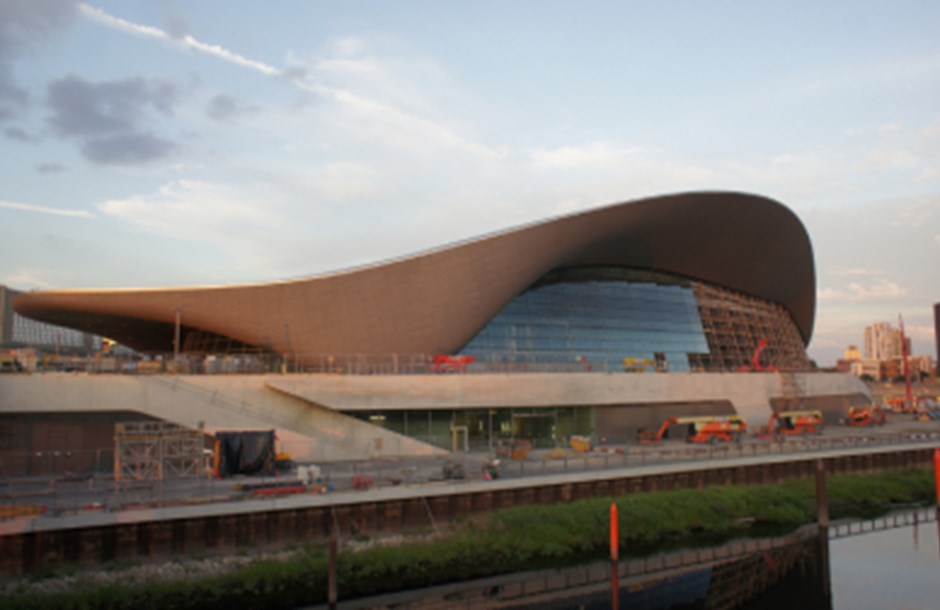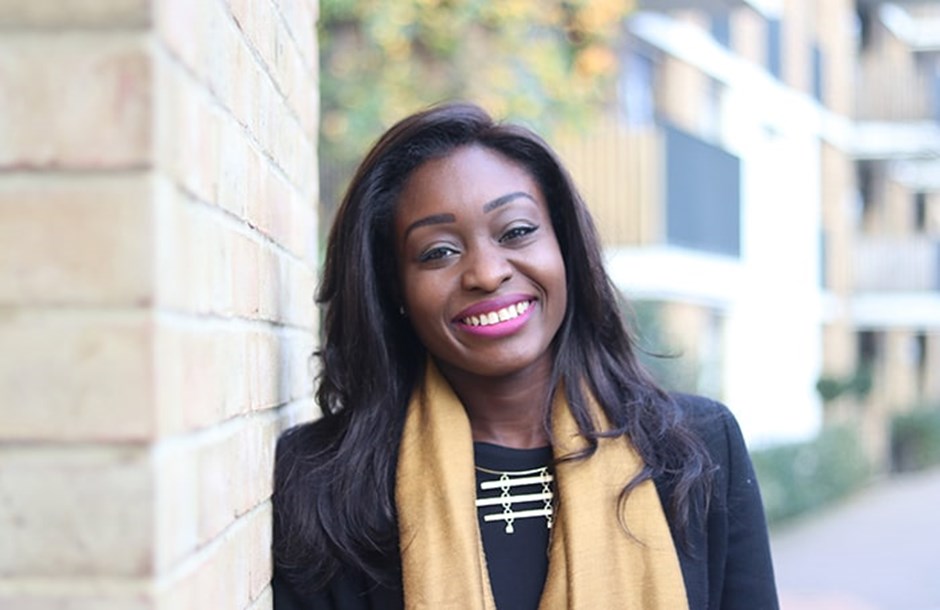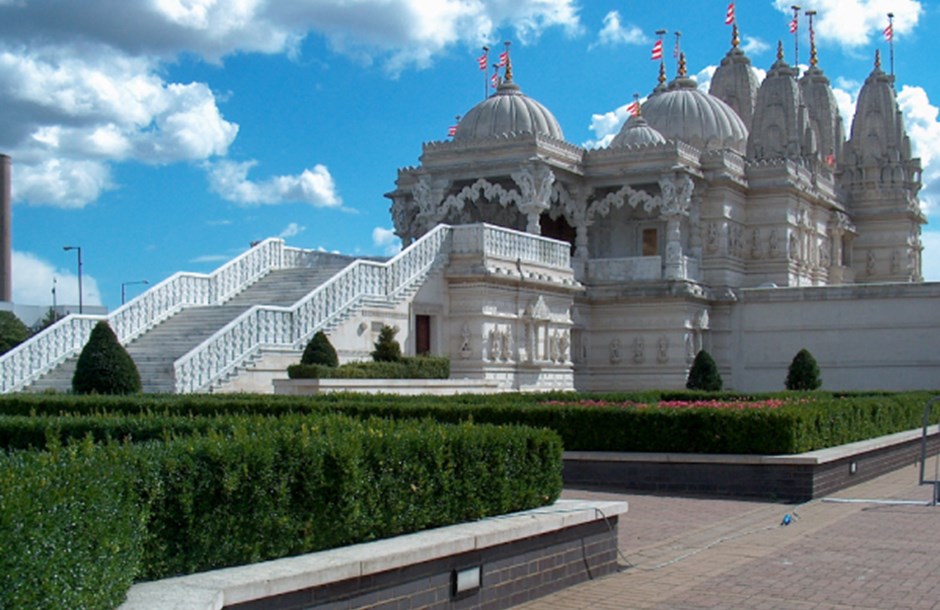More people from black, Asian and ethnic minority backgrounds choosing careers in construction and succeeding.
This is good news not only for employees, but also for the industry as a whole. Greater diversity sets a virtuous circle in motion, making companies more attractive to a broader range of talented individuals.
The same companies become more attractive to clients and more competitive too, because their customer base is better represented.
Their workforces can draw on more experiences and wider perspectives, to generate better ideas and progress more quickly.
Visible Success: Architecture and ethnic diversity
Some of the UK’s most iconic buildings of recent years have come from the drawing boards of ethnic minority architects, despite the fact that only around 6% of those in the profession are from ethnic minority backgrounds.
For example, the dramatic lines and curves of the London Aquatics Centre, pictured above, built for the 2012 Olympics, were the brainchild of Zaha Hadid (1950-2016). The British Iraqi-born architect won architecture’s top award, the Stirling Prize, twice, and is the only woman to have received the Royal Gold Medal, which since 1848 has been awarded to the finest and most influential architects in the world.
Perhaps no one is doing more for diversity in architecture design than Tara Gboladé, a leading force in British architecture who won the RIBA Rising Star award in 2018. Her practice, Gbolade Design Studio, has made its reputation with sustainable projects, specialising in developments that focus on empowering communities.
Gboladé is also active in the Paradigm Network, an organisation which helps to support and promote the work of ethnic minority architects, providing networking opportunities and ensuring that talents like hers achieve their full potential.
Simone de Gale, winner of Architect of the Year at the Women in Construction Awards 2017, knew from the age of 10 that she wanted to be an architect. Her grandfather was a well-known architect in Jamaica, and other family members also work in construction.
Written in the fabric: celebrating ethnic groups across the UK
Black, Asian and ethnic minority history is also bound up in Britain’s built environment, which for many hundreds of years has held stories of many millions of people on this island and across the world who have connections with it.
Monuments and statues across the country are testament to a shared past, including several that were recently given listed status in recognition of their importance to black and ethnic minority history. They include the bust of Nelson Mandela outside the Royal Festival Hall, and the 1980s landmark, Brixton Recreation Centre, both in London.
However, the history and achievements of ethnic minorities are still hugely underrepresented. English Heritage said in 2020 that fewer than 4% of its plaques commemorate buildings made notable by ethnic minority people.
Multi-cultural influences: Architectural diversity
Few realise it, but one of the most prominent architectural motifs used in cemeteries, memorials and as centrepieces at some of the country’s grandest country houses, originate from Africa. A great example is the obelisk at Kingston Lacy in Dorset.
Like an elongated pyramid, the obelisk was used by the ancient Egyptians at temple entrances. Cleopatra’s Needle, presented to the UK in 1819 but originally having stood in Heliopolis in Egypt around 1450 BC, actually predates its famous namesake queen by almost 1,500 years.
And coming much closer to the present day, Europe’s first traditional Hindu stone temple stands in Neasden, north-west London.
When it was built in 1995, BAPS Shri Swaminarayan Mandir was also the largest Hindu temple outside India, comprising almost 5,000 tonnes of limestone and marble, as well as 4,500 tonnes of concrete in its 6-foot thick foundation.
Helped by a team of 1,526 sculptors and stonemasons, the huge temple complex took only two years to build.
Ethnic Diversity in the Workforce
The construction industry works better with ethnically diverse workforces. Equality legislation not only outlaws discrimination but enables public bodies to use procurement to encourage diversity and create opportunities for people from ethnic minority backgrounds.
Facing challenges: How ethnic diversity in construction can continue to improve
Find out about the issues that the construction industry still faces, why a diverse workforce is so important and the efforts that are being made to improve career opportunities for people from ethnic groups.



